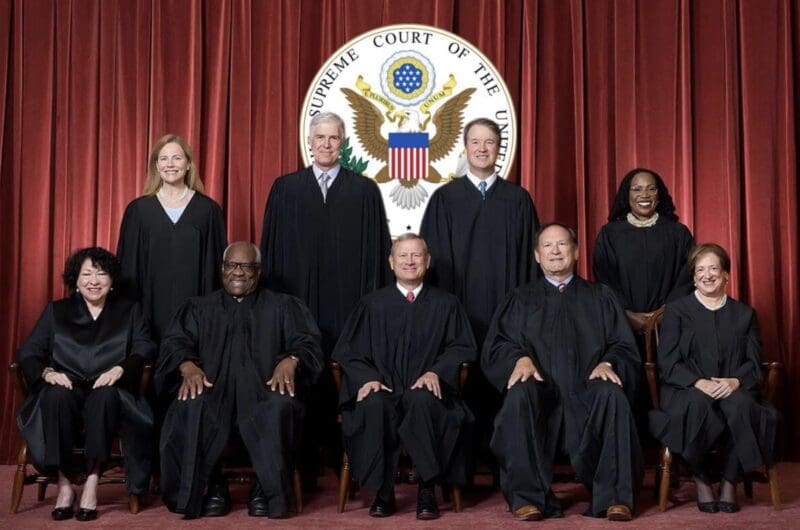This had to go to the Supreme Court because lower courts ruled that discrimination against groups targeted by the left (white, straight, male or Christian) was lawful.
Activist judges have allowed racial discrimination against whites since the 1980s. In a unanimous decision, SCOTUS has determined that ‘reverse discrimination’ is, indeed, discrimination. It only took 44 years for the court to figure it out...(X)
“We have now sunk to a depth at which restatement of the obvious is the first duty of intelligent men. If liberty means anything at all, it means the right to tell people what they do not want to hear. In times of universal deceit, telling the truth will be a revolutionary act.” ― George Orwell, Facing Unpleasant Facts: Narrative Essays
No matter who is doing it. It was a remarkable day at the Supreme Court, but the release of decisions was drowned out by the lively events of the day. The Supreme Court case here was Ames v. Ohio Department of Youth Services. The issue at hand is plaintiff’s claim that her LGBTQ boss was looking past her to promote her LGBTQ colleague. The court held—unanimously—that Title VII (prohibiting “discrimination based on race, color, religion, sex and national origin”) does not vary based on whether or not the plaintiff is a member of a majority group. Stated differently: The fact that the plaintiff is straight can’t be used against her. In sum—in the closing words of the Court’s opinion: We conclude that Title VII does not impose such a heightened standard on majority-group plaintiffs. Therefore, the judgment below is vacated, and the case is remanded for application of the proper prima facie standard (Supreme Court).
Let’s dispense with the term “reverse discrimination.” It’s an oxymoron. These are cases of discrimination, full stop. If someone’s sexual preferences are the basis for employment decisions, that violates Title VII, and the same is true for ethnicity, sex, religion, and so on. Discrimination is discrimination, and the very notion that certain classes of people within those categories have a higher evidentiary standard than others is itself discriminatory. The text makes that clear even to Justice Jackson: “As a textual matter, Title VII’s disparate-treatment provision draws no distinctions between majority-group plaintiffs and minority-group plaintiffs. Rather, the provision makes it unlawful ‘to fail or refuse to hire or to discharge any individual, or otherwise to discriminate against any individual with respect to his compensation, terms, conditions, or privileges of employment, because of such individual’s race, color, religion, sex, or national origin.’ … By establishing the same protections for every “individual”—without regard to that individual’s membership in a minority or majority group—Congress left no room for courts to impose special requirements on majority-group plaintiffs alone (Hot Air).

